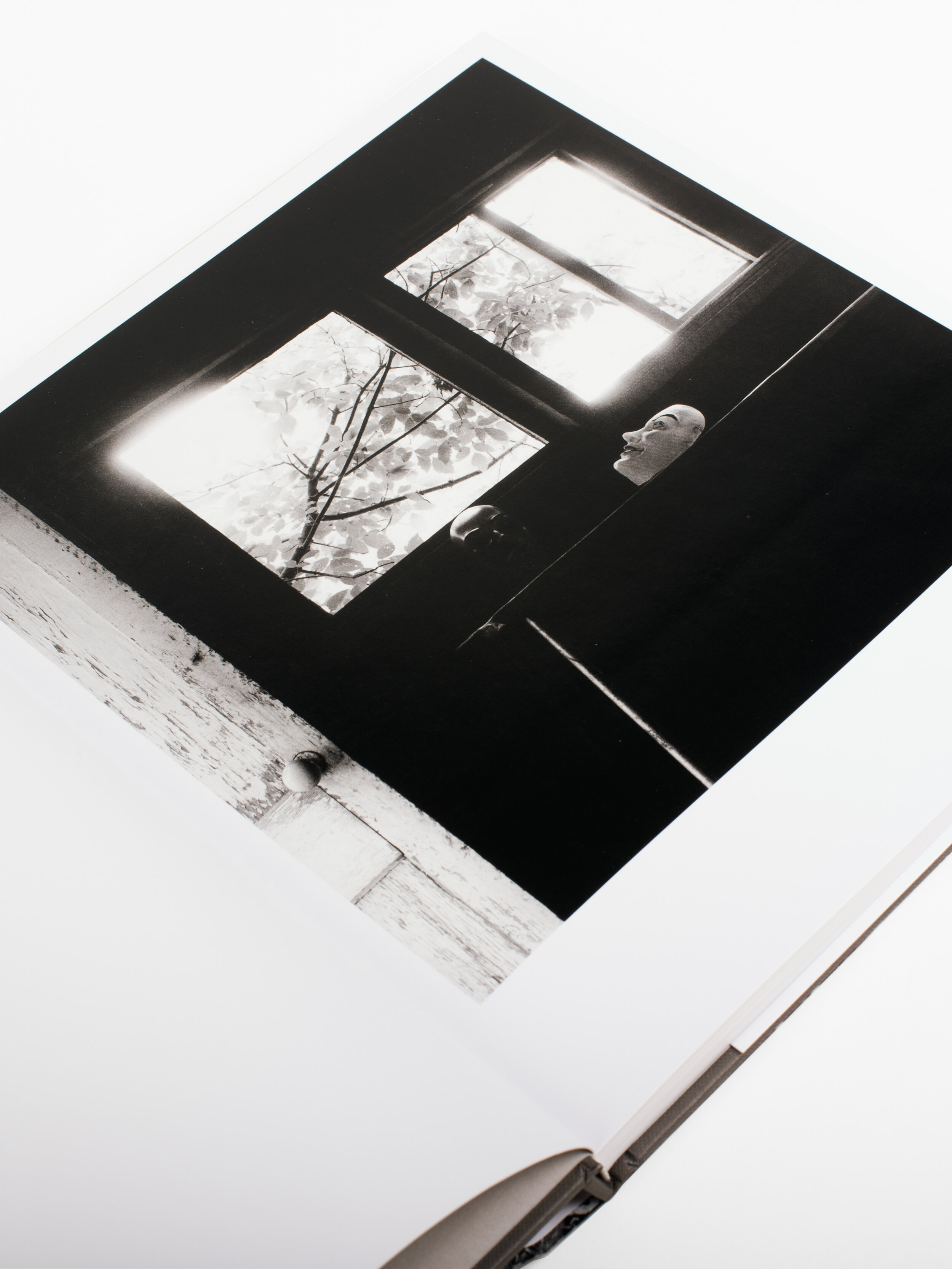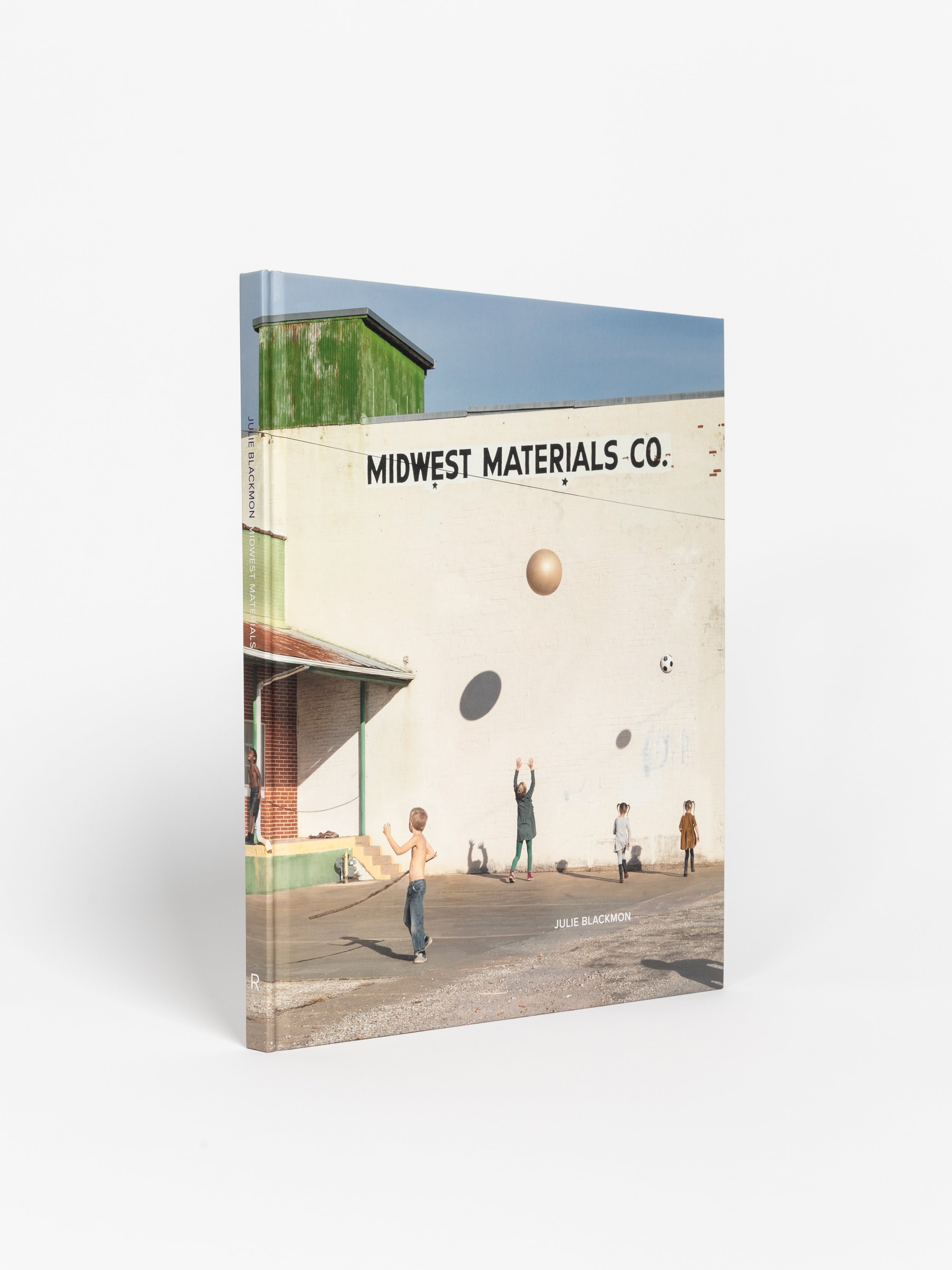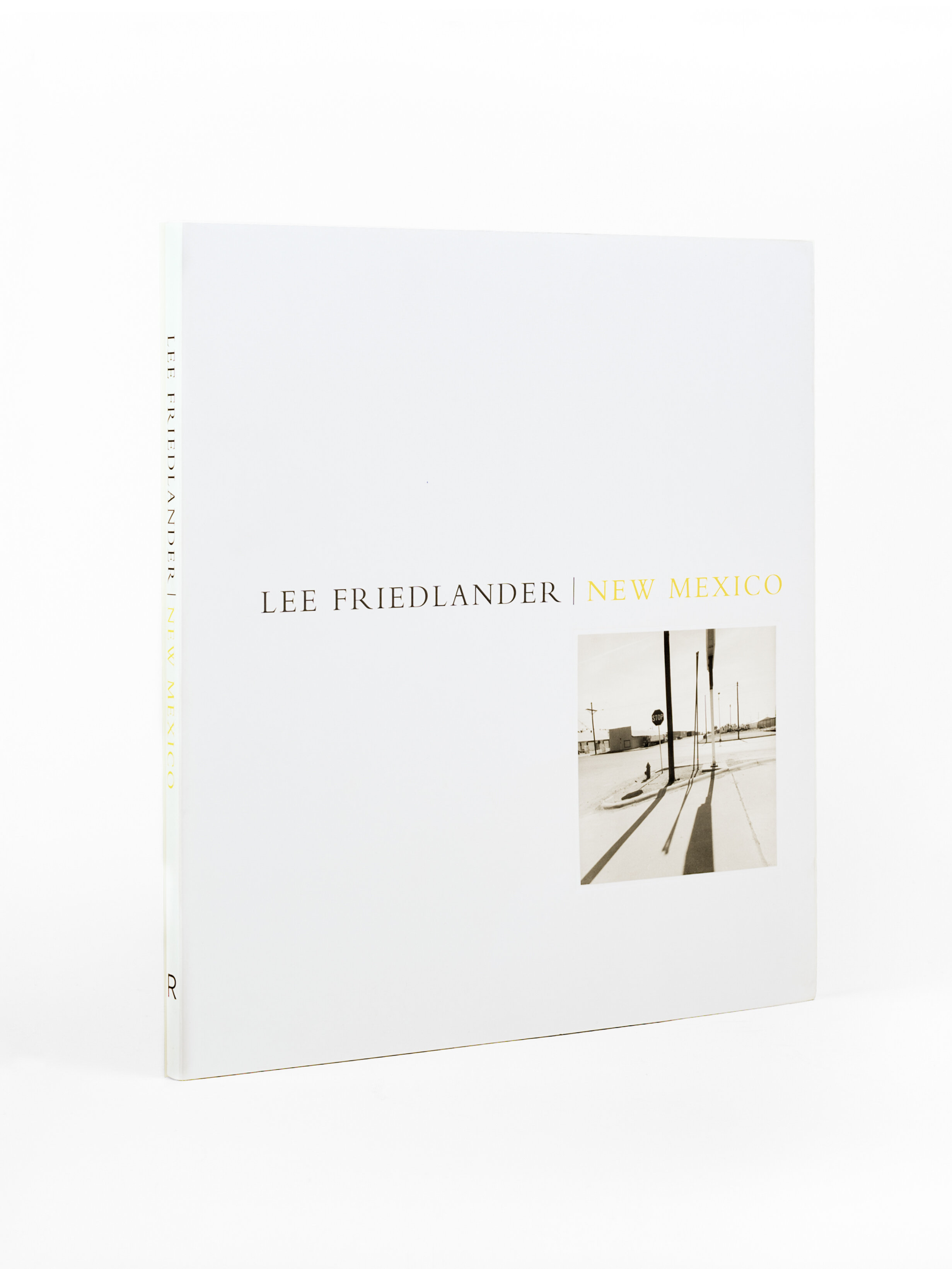 Image 1 of 8
Image 1 of 8

 Image 2 of 8
Image 2 of 8

 Image 3 of 8
Image 3 of 8

 Image 4 of 8
Image 4 of 8

 Image 5 of 8
Image 5 of 8

 Image 6 of 8
Image 6 of 8

 Image 7 of 8
Image 7 of 8

 Image 8 of 8
Image 8 of 8









Ralph Eugene Meatyard: Dolls and Masks
Opens the doors on the decade of rich experimentation that immediately preceded the production of Meatyard’s final opus, The Family Album of Lucybelle Crater
In 1950s America there were neither likely nor logical paths for a photographer. Family man, optician, photographer, and avid reader, Ralph Eugene Meatyard found himself in the midst of a cultural and philosophical movement in Lexington, Kentucky, which at that time included such figures as Thomas Merton, Wendell Berry, and Guy Davenport. Through the camera, Meatyard explored and created a fantasy world of dolls and masks, where his family members played the central roles on an ever-changing stage.
His monograph, The Family Album of Lucybelle Crater, published posthumously in 1974, recorded his wife and family posed in various disquieting settings, wearing masks and holding dolls and evoking a penetrating emotional and psychological landscape. The book won his work critical acclaim and has been hugely influential in the intervening decades.
Published to coincide with an exhibition at the Art Institute of Chicago, this handsome book presents 55 mostly unseen works from the Meatyard Archive. Essays by writer and historian Eugenia Parry and curator Elizabeth Siegel greatly expand our understanding of Meatyard’s elusive and captivating genius and set the stage for a foray into this unknown work of one of the century’s most intriguing photographers.
Opens the doors on the decade of rich experimentation that immediately preceded the production of Meatyard’s final opus, The Family Album of Lucybelle Crater
In 1950s America there were neither likely nor logical paths for a photographer. Family man, optician, photographer, and avid reader, Ralph Eugene Meatyard found himself in the midst of a cultural and philosophical movement in Lexington, Kentucky, which at that time included such figures as Thomas Merton, Wendell Berry, and Guy Davenport. Through the camera, Meatyard explored and created a fantasy world of dolls and masks, where his family members played the central roles on an ever-changing stage.
His monograph, The Family Album of Lucybelle Crater, published posthumously in 1974, recorded his wife and family posed in various disquieting settings, wearing masks and holding dolls and evoking a penetrating emotional and psychological landscape. The book won his work critical acclaim and has been hugely influential in the intervening decades.
Published to coincide with an exhibition at the Art Institute of Chicago, this handsome book presents 55 mostly unseen works from the Meatyard Archive. Essays by writer and historian Eugenia Parry and curator Elizabeth Siegel greatly expand our understanding of Meatyard’s elusive and captivating genius and set the stage for a foray into this unknown work of one of the century’s most intriguing photographers.
Opens the doors on the decade of rich experimentation that immediately preceded the production of Meatyard’s final opus, The Family Album of Lucybelle Crater
In 1950s America there were neither likely nor logical paths for a photographer. Family man, optician, photographer, and avid reader, Ralph Eugene Meatyard found himself in the midst of a cultural and philosophical movement in Lexington, Kentucky, which at that time included such figures as Thomas Merton, Wendell Berry, and Guy Davenport. Through the camera, Meatyard explored and created a fantasy world of dolls and masks, where his family members played the central roles on an ever-changing stage.
His monograph, The Family Album of Lucybelle Crater, published posthumously in 1974, recorded his wife and family posed in various disquieting settings, wearing masks and holding dolls and evoking a penetrating emotional and psychological landscape. The book won his work critical acclaim and has been hugely influential in the intervening decades.
Published to coincide with an exhibition at the Art Institute of Chicago, this handsome book presents 55 mostly unseen works from the Meatyard Archive. Essays by writer and historian Eugenia Parry and curator Elizabeth Siegel greatly expand our understanding of Meatyard’s elusive and captivating genius and set the stage for a foray into this unknown work of one of the century’s most intriguing photographers.
YOU MAY ALSO LIKE

-
Photographs by Ralph Eugene Meatyard
Essays by Eugenia Parry and Elizabeth SiegelClothbound with jacket
9 x 10 inches
132 pages / 55 duotone illustrations
ISBN: 9781934435335Trade: $55
Now Rare: $150 -
Ralph Eugene Meatyard (1925-1972) lived in Lexington, Kentucky, where he made his living as an optician while creating an impressive and enigmatic body of photographs. Meatyard’s creative circle included mystics and poets, such as Thomas Merton and Guy Davenport, as well as the photographers Cranston Ritchie and Van Deren Coke, who were mentors and fellow members of the Lexington Camera Club.
Meatyard’s work spanned many genres and experimented with new means of expression, from dreamlike portraits—often set in abandoned places—to multiple exposures, motion-blur, and other methods of photographic abstraction. He also collaborated with his friend Wendell Berry on the 1971 book The Unforeseen Wilderness, for which Meatyard contributed photographs of Kentucky’s Red River Gorge. Meatyard’s final series, The Family Album of Lucybelle Crater, are cryptic double portraits of friends and family members wearing masks and enacting symbolic dramas.
Solo museum exhibitions of the artist’s work have recently been presented at The Ogden Museum of Southern Art, New Orleans; The Art Institute of Chicago; The Philadelphia Museum of Art; the de Young Museum, San Francisco; The International Center of Photography, New York; Cincinnati Museum of Art, Ohio; the Center for Creative Photography, Tucson; Bates College Museum of Art, Lewiston, Maine; and Blanton Museum of Art, Austin, Texas. His works are held in the collections of The Metropolitan Museum of Art, SFMOMA, J. Paul Getty Museum, The Eastman Museum, and Yale University Art Gallery, among others. Monographs include American Mystic, Stages for Being, Dolls and Masks, A Fourfold Vision, and The Family Album of Lucybelle Crater and Other Figurative Photographs.

